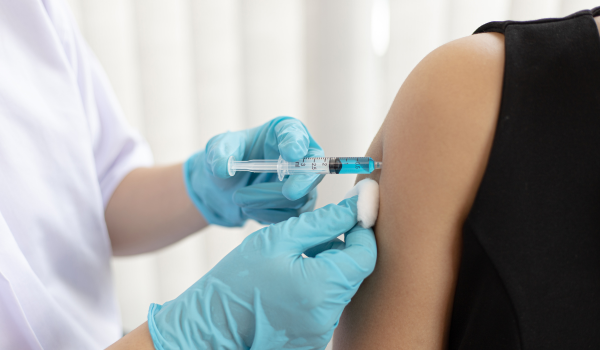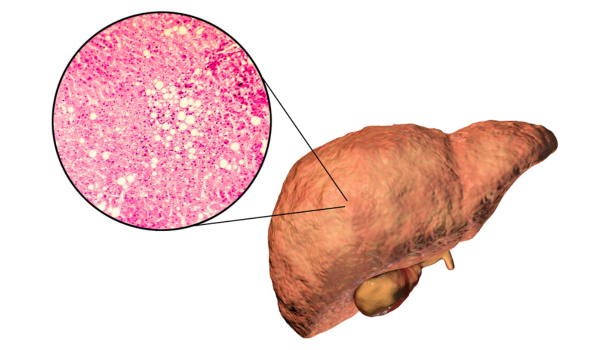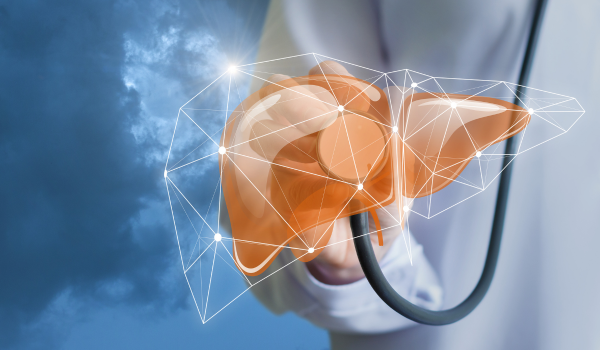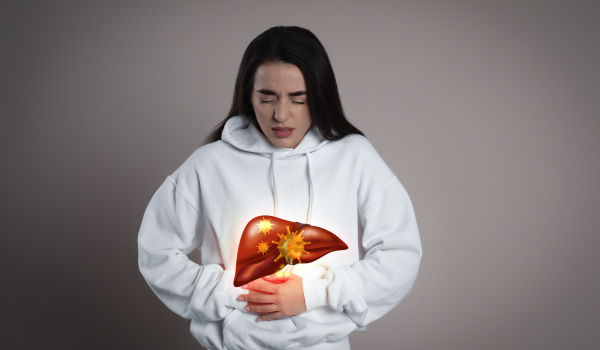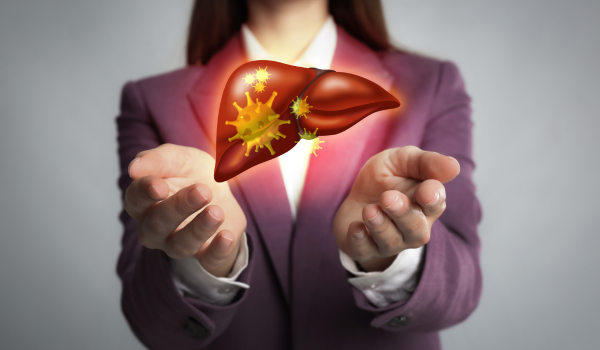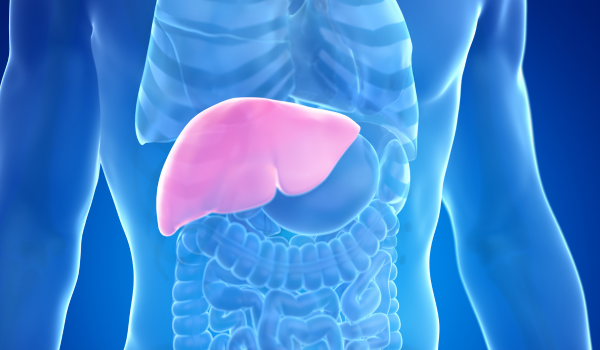
Overview
The liver silently supports life by processing nutrients, filtering toxins, producing bile for digestion, and regulating vital body functions. Because it works quietly, liver disease can develop unnoticed until it reaches an advanced stage. However, there are early warning signs that, if recognized in time, can lead to quicker diagnosis and better outcomes.
In this article, we will explore the most important early signs and symptoms of liver disease, why they occur, and when to seek medical attention.
Fatigue
One of the most common but easily overlooked symptoms of liver disease is persistent fatigue. This isn’t the kind of tiredness you can shake off with a good night’s sleep—it’s a deep, ongoing exhaustion that affects daily activities.
Why it happens:
When the liver’s function declines, it cannot efficiently filter toxins or regulate metabolism. The buildup of waste products in the blood can affect the brain and muscles, causing a constant sense of weakness and low energy.
What to do:
If you find yourself chronically tired for no apparent reason, it’s worth discussing liver function testing with your doctor.
Abdominal Pain or Discomfort
Pain or discomfort in the upper right side of the abdomen is another early indicator. This is where the liver is located, and swelling or inflammation can cause a dull, persistent ache or sharp pain.
Why it happens:
Liver inflammation from hepatitis, fatty liver disease, or early cirrhosis can stretch the liver capsule, leading to pain.
When to seek help:
If the pain persists, is accompanied by fever, or occurs with jaundice, immediate medical evaluation is necessary.
Loss of Appetite
Unexplained loss of appetite, especially if it lasts more than a few days, can be an early sign of liver disease.
Why it happens:
The liver’s impaired ability to process nutrients and toxins can alter hormone balance and appetite signals, making you feel less hungry.
Potential consequences:
If prolonged, it can lead to rapid weight loss, muscle wasting, and nutritional deficiencies.
Nausea and Vomiting
Frequent nausea or vomiting without a clear cause—such as pregnancy, food poisoning, or gastrointestinal infection—may be linked to liver problems.
Why it happens:
When the liver cannot properly filter waste, toxins accumulate and irritate the digestive system, triggering these symptoms.
What to watch:
If nausea is accompanied by fatigue, jaundice, or dark urine, liver function tests are strongly recommended.
Jaundice
Jaundice is one of the most visible signs of liver trouble, presenting as yellowing of the skin and eyes.
Why it happens:
The liver processes bilirubin, a byproduct of red blood cell breakdown. If the liver is damaged, bilirubin builds up in the blood, leading to discoloration.
Other signs with jaundice:
Dark urine and pale stools often occur alongside jaundice and point toward impaired bile processing.
Dark Urine
Urine that is noticeably darker than usual, even when you’re well-hydrated, can indicate liver disease.
Why it happens:
Excess bilirubin in the bloodstream due to poor liver function is excreted through the urine, turning it a tea or cola-like color.
Action to take:
This should prompt an urgent medical evaluation, especially if accompanied by yellow skin or fatigue.
Pale or Clay-Colored Stools
Healthy stool color ranges from light to dark brown due to bile pigments. When stools become pale, grey, or clay-colored, it signals reduced bile flow.
Why it happens:
Blocked bile ducts, hepatitis, or other liver diseases can reduce bile production or prevent bile from reaching the intestines.
Importance:
Persistent changes in stool color should not be ignored, as they often indicate serious liver or bile duct issues.
Itchy Skin
Itching without a rash, especially if it’s widespread and persistent, can be linked to liver disease.
Why it happens:
Bile salts accumulate under the skin when bile flow is obstructed, irritating nerve endings and causing itching.
Pattern:
Liver-related itching often worsens at night and is unaffected by topical creams.
Swelling in the Legs or Abdomen
Early liver disease can cause fluid buildup, leading to swelling (edema) in the legs and feet or ascites in the abdomen.
Why it happens:
Liver dysfunction reduces protein production (like albumin) and increases pressure in blood vessels, causing fluid leakage.
Warning sign:
Sudden or severe swelling requires prompt evaluation to rule out advanced liver disease or other organ problems.
Easy Bruising and Bleeding
If you bruise easily or notice prolonged bleeding from minor cuts, liver health could be the cause.
Why it happens:
The liver produces clotting factors. When it’s damaged, clotting slows, making you more prone to bleeding.
When to act:
Frequent bruises or nosebleeds without injury should be checked immediately.
Confusion or Difficulty Concentrating
In early stages, liver disease can cause mild mental changes such as forgetfulness, confusion, or trouble focusing.
Why it happens:
When toxins like ammonia build up in the blood, they can affect brain function—a condition known as hepatic encephalopathy.
Severity:
Even mild confusion is a red flag and should never be dismissed, especially if other symptoms are present.
When to Seek Medical Help
If you notice one or more of these symptoms—especially in combination—schedule a check-up. Liver diseases often progress silently, but early diagnosis greatly improves the chances of successful treatment.
Tests your doctor may order:
-
Liver function blood tests (ALT, AST, ALP, bilirubin)
-
Ultrasound or CT scan
-
Fibroscan to check for liver stiffness
-
Hepatitis screening
Conclusion
The liver rarely complains until the damage is advanced, making awareness of early warning signs crucial. Fatigue, abdominal discomfort, jaundice, and changes in urine or stool color are not symptoms to ignore. If you spot them, prompt medical evaluation can make the difference between a treatable condition and life-threatening illness.
By understanding these early symptoms and acting quickly, you can protect your liver health and overall well-being for years to come.

